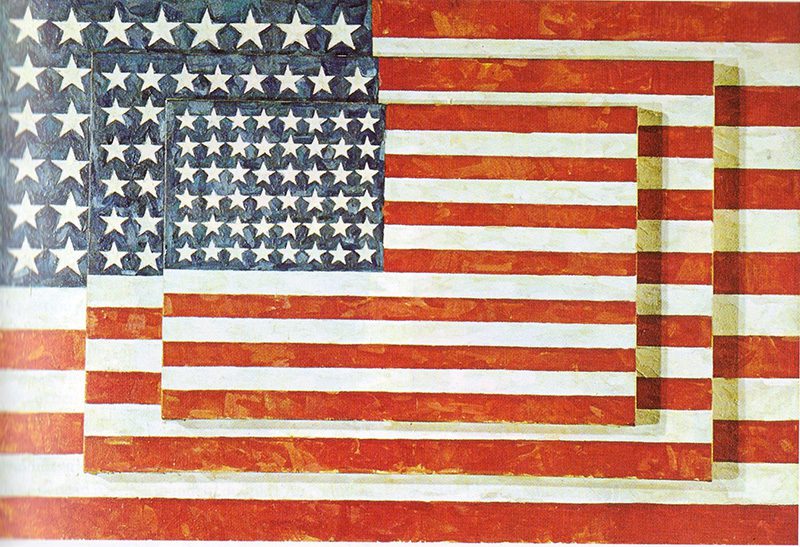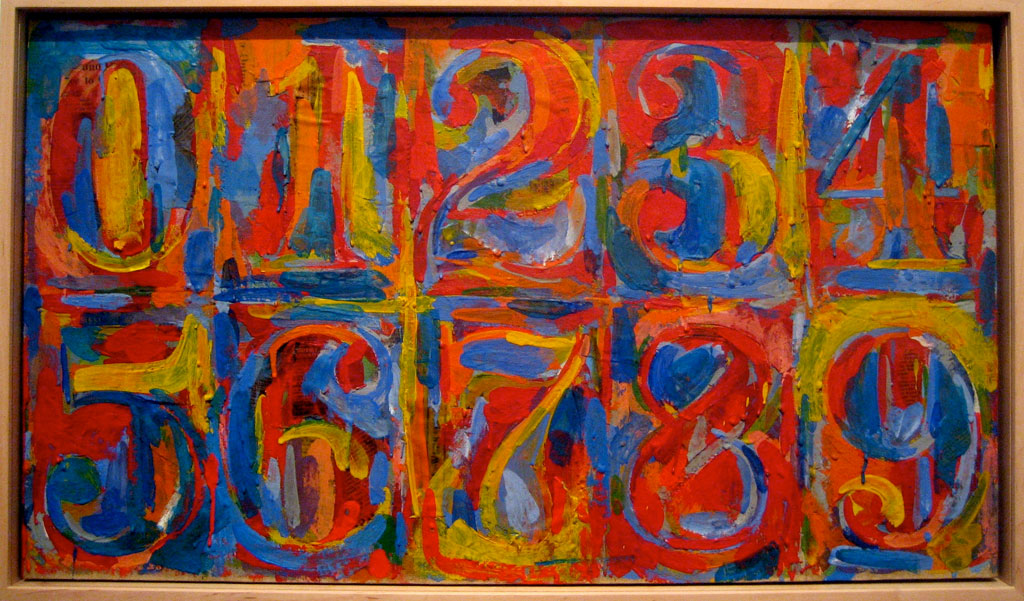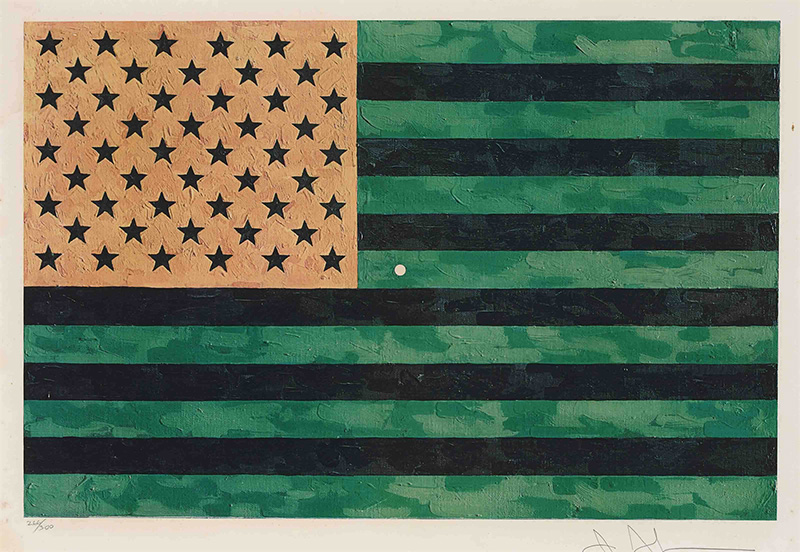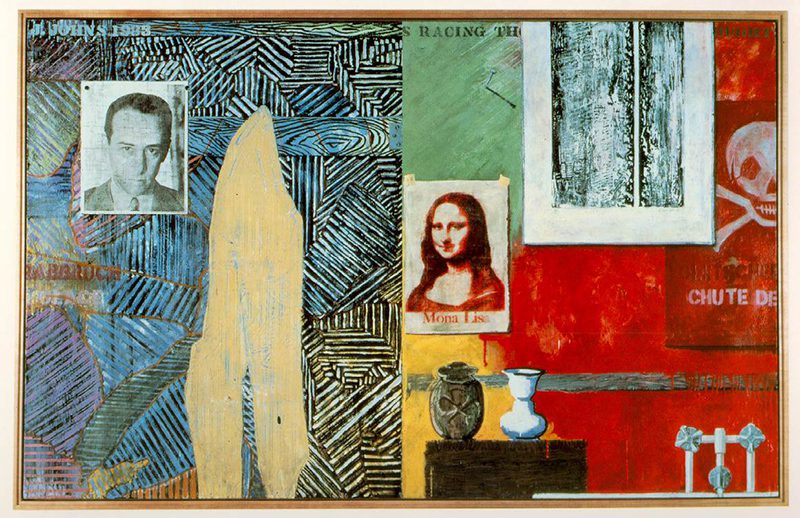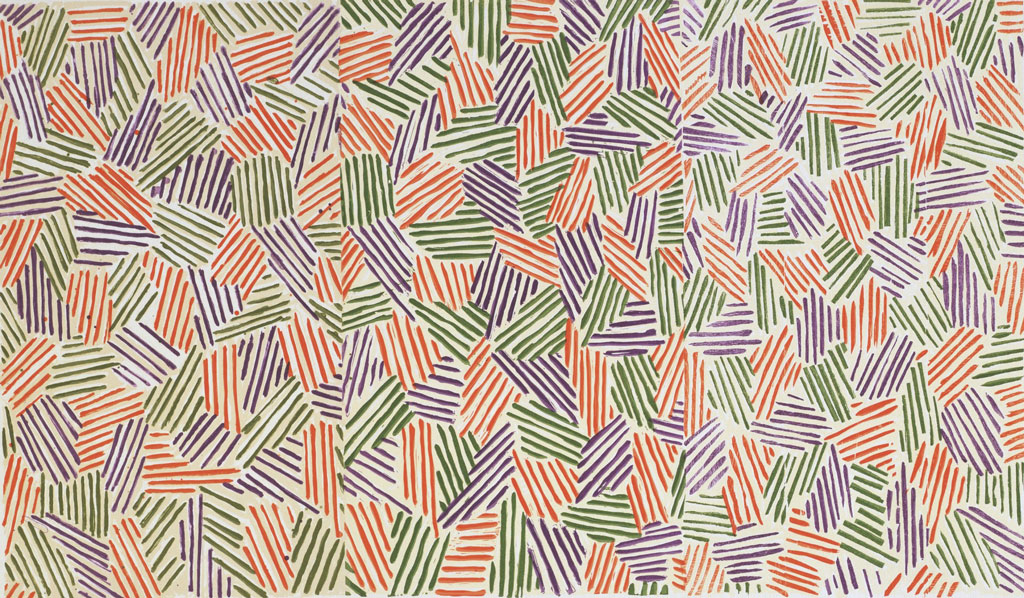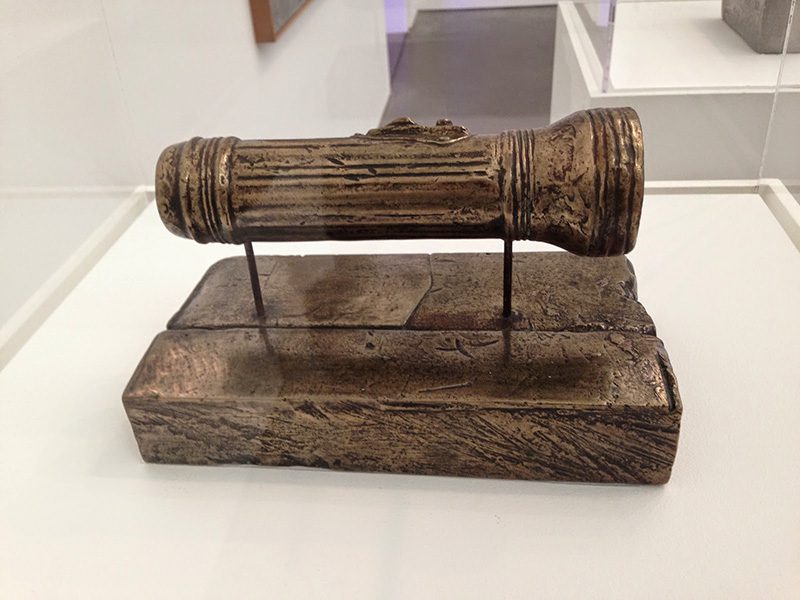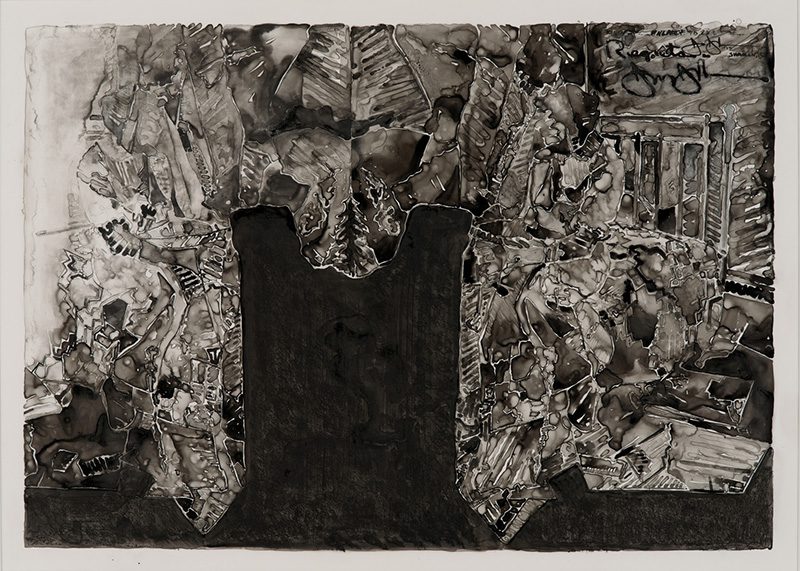TRACES: Jasper Johns
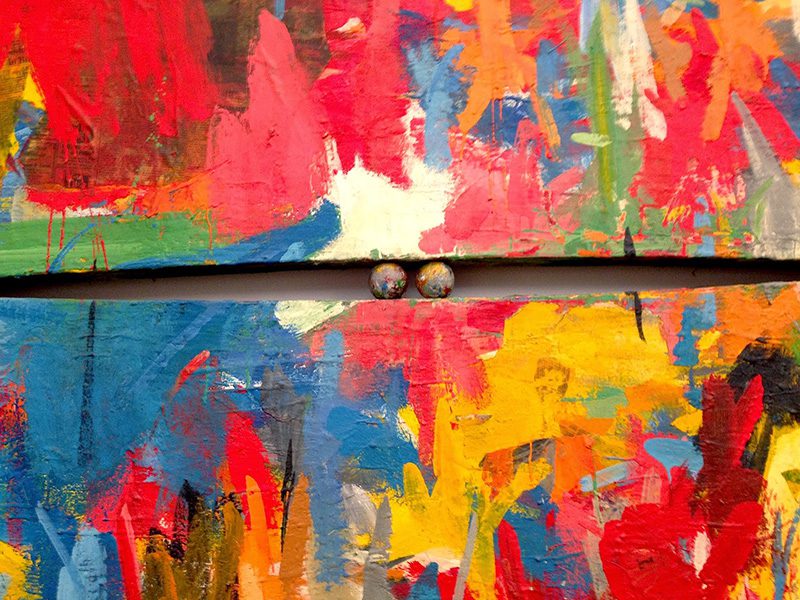 Today is the occasion to bear in mind Jasper Johns (15/5/1930- ), his work affected nearly every artistic movement from the ‘50s through the present day. By representing common objects and images in the realm of fine art, Johns broke down the boundaries traditionally separating fine art and everyday life. Through documents or interviews, starting with: moments and memories, we reveal out from the past-unknown sides of big personalities, who left their indelible traces in time and history…
Today is the occasion to bear in mind Jasper Johns (15/5/1930- ), his work affected nearly every artistic movement from the ‘50s through the present day. By representing common objects and images in the realm of fine art, Johns broke down the boundaries traditionally separating fine art and everyday life. Through documents or interviews, starting with: moments and memories, we reveal out from the past-unknown sides of big personalities, who left their indelible traces in time and history…
By Efi Michalarou
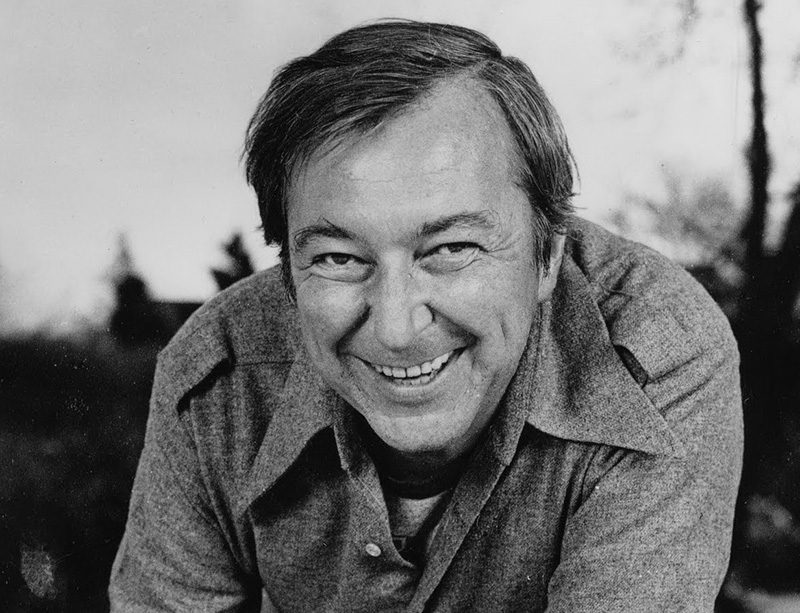 Born in Augusta, Georgia, and raised in Allendale, South Carolina, he studied briefly at the University of South Carolina before moving to New York in the early ‘50s. In New York, Johns met a number of other artists including the composer John Cage, the choreographer Merce Cunningham, and the painter Robert Rauschenberg. While working together creating window displays for Tiffany’s, Johns and Raushenberg explored the New York art scene. After a visit to Philadelphia to see Marcel Duchamp’s “The Large Glass (The Bride Stripped Bare by Her Bachelors, Even)”, Johns became very interested in his work. Some time later, with Merce Cunningham, he created a performance based on the piece, entitled “Walkaround Time”. The art community was searching for new ideas to succeed the pure emotionality of the Abstract Expressionists. Johns’ paintings of targets, maps, invited both the wrath and praise of critics. It was a new experience for gallery goers to find paintings solely of such things as flags and numbers. The simplicity and familiarity of the subject matter piqued viewer interest in both Johns’ motivation and his process. Johns explains, “There may or may not be an idea, and the meaning may just be that the painting exists”. One of the great influences on Johns was the writings of Austrian philosopher Ludwig Wittgenstein. In 1958, gallery owner Leo Castelli visited Rauschenberg’s studio and saw Johns’ work for the first time. Castelli was so impressed with the 28-year-old painter’s ability and inventiveness that he offered him a show on the spot. At that first exhibition, the Museum of Modern Art purchased three pieces, making it clear that at Johns was to become a major force in the art world. Johns’ concern for process led him to printmaking. Often he would make counterpart prints to his paintings. For Johns, printmaking was a medium that encouraged experimentation through the ease with which it allowed for repeat endeavors. His innovations in screen printing, lithography, and etching have revolutionized the field. At the late ‘50s he also worked on sculptures, for which he casted and painted banal objects such as beer cans or light bulbs. In the ‘60s, while continuing his work with flags, numbers, targets, and maps, Johns began to introduce some of his early sculptural ideas into painting. While some of his early sculpture had used everyday objects such as paint brushes, beer cans, and light bulbs, these later works would incorporate them in collage. Collaboration was an important part in advancing Johns’ own art, and he worked regularly with a number of artists including Robert Morris, Andy Warhol, and Bruce Naumann. In the ‘70s Johns met the writer Samuel Beckett and created a set of prints to accompany his text, “Fizzles”. These prints responded to the overwhelming and dense language of Beckett with a series of obscured and overlapping words. By the 80s, Johns’ work had changed again. Having once claimed to be unconcerned with emotions, Johns’ later work shows a strong interest in painting autobiographically. For many, this more sentimental work seemed a betrayal of his earlier direction. He created his most recent series of prints with Universal Limited Art Editions in 2011, still experimenting with many recurring motifs in varying mediums.
Born in Augusta, Georgia, and raised in Allendale, South Carolina, he studied briefly at the University of South Carolina before moving to New York in the early ‘50s. In New York, Johns met a number of other artists including the composer John Cage, the choreographer Merce Cunningham, and the painter Robert Rauschenberg. While working together creating window displays for Tiffany’s, Johns and Raushenberg explored the New York art scene. After a visit to Philadelphia to see Marcel Duchamp’s “The Large Glass (The Bride Stripped Bare by Her Bachelors, Even)”, Johns became very interested in his work. Some time later, with Merce Cunningham, he created a performance based on the piece, entitled “Walkaround Time”. The art community was searching for new ideas to succeed the pure emotionality of the Abstract Expressionists. Johns’ paintings of targets, maps, invited both the wrath and praise of critics. It was a new experience for gallery goers to find paintings solely of such things as flags and numbers. The simplicity and familiarity of the subject matter piqued viewer interest in both Johns’ motivation and his process. Johns explains, “There may or may not be an idea, and the meaning may just be that the painting exists”. One of the great influences on Johns was the writings of Austrian philosopher Ludwig Wittgenstein. In 1958, gallery owner Leo Castelli visited Rauschenberg’s studio and saw Johns’ work for the first time. Castelli was so impressed with the 28-year-old painter’s ability and inventiveness that he offered him a show on the spot. At that first exhibition, the Museum of Modern Art purchased three pieces, making it clear that at Johns was to become a major force in the art world. Johns’ concern for process led him to printmaking. Often he would make counterpart prints to his paintings. For Johns, printmaking was a medium that encouraged experimentation through the ease with which it allowed for repeat endeavors. His innovations in screen printing, lithography, and etching have revolutionized the field. At the late ‘50s he also worked on sculptures, for which he casted and painted banal objects such as beer cans or light bulbs. In the ‘60s, while continuing his work with flags, numbers, targets, and maps, Johns began to introduce some of his early sculptural ideas into painting. While some of his early sculpture had used everyday objects such as paint brushes, beer cans, and light bulbs, these later works would incorporate them in collage. Collaboration was an important part in advancing Johns’ own art, and he worked regularly with a number of artists including Robert Morris, Andy Warhol, and Bruce Naumann. In the ‘70s Johns met the writer Samuel Beckett and created a set of prints to accompany his text, “Fizzles”. These prints responded to the overwhelming and dense language of Beckett with a series of obscured and overlapping words. By the 80s, Johns’ work had changed again. Having once claimed to be unconcerned with emotions, Johns’ later work shows a strong interest in painting autobiographically. For many, this more sentimental work seemed a betrayal of his earlier direction. He created his most recent series of prints with Universal Limited Art Editions in 2011, still experimenting with many recurring motifs in varying mediums.

